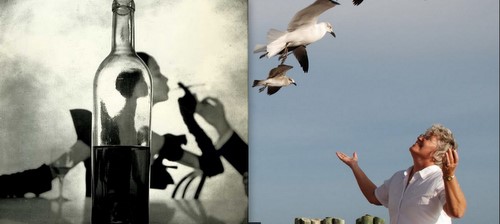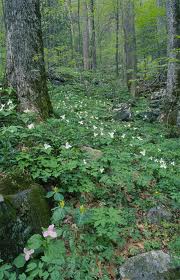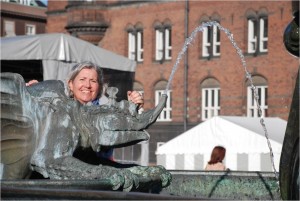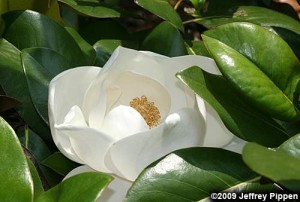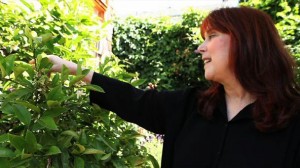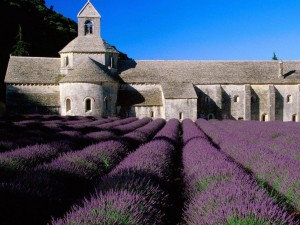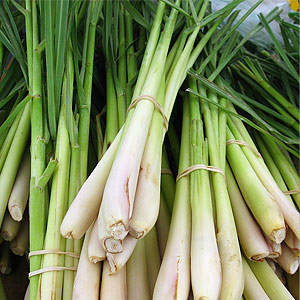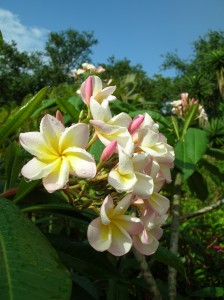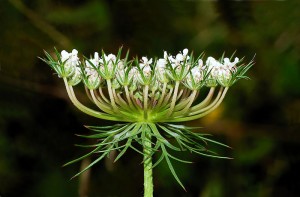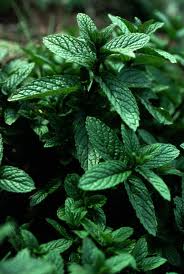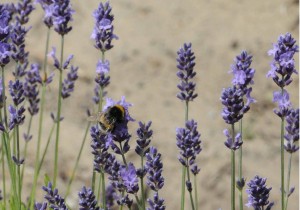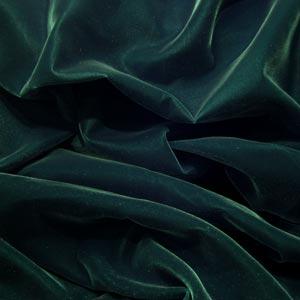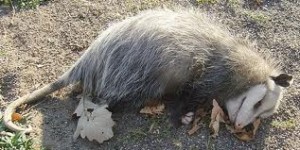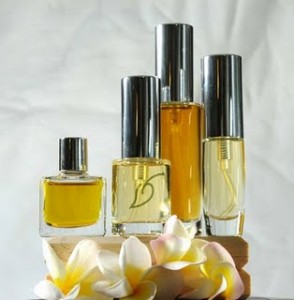Last week, it was my pleasure to converse with soft-spoken Elise Pearlstine, the natural perfumer behind Bellyflowers Botanical Perfumes.
Elise thoughtfully sent me her latest creation, Wild Chypre– composed with many wild-harvested plant absolutes, a perfume which evolved on its own; Elise credits Anya McCoy for the name.
[I frankly am mad for it; it is unusual and beautiful in a singular manner.]
As Elise worked with these beauties, her perfume assumed the shape of “a lovely chypre with a unique floral heart “.
I concur heartily.
This doesn’t surprise me, because Elise’s life path has taken shape in its own organic way; perennially fascinated by the natural world, Elise earned her PhD at age 40, after raising her family-
A biologist, ecologist, and wildlife advocate.
Her studies in biodiversity led her from her native Utah to South Carolina, and eventually to Florida, where she has resided for the last 10 years.
Although she professes to very little ‘free space’ in her yard, Elise is an ardent gardener who grows every scented thing she can possibly squeeze in- including Southern magnolia, frangipani, and a house for her orchids.
Elise is very clear about her choice of materials, and the reasoning behind them.
The wild-crafting of these plants, and their harvesting- ensures “that healthy populations remain in the wild for future generations “, according to Elise.
That’s something we can deeply appreciate, as we enjoy the artistry with which she composed this lovely jus.
Elise, how did you become fascinated with natural perfumery?
EP: I was pondering what path I’d like to take for the second half of my life, when my husband fell in love with soap-making! He‘s an ecologist, too…we were using all organic oils for our soaps- a lot of palm oil.
I think the fun of creating blends for the soap marked the beginning.
I later took Mandy Aftel’s class and Anya’s class.
Elise, your inspirations for Wild Chypre are the aromatic plants of the Mediterranean region. Have you traveled to the Mediterranean …if so, when?
EP: When I was in college, I spent six months in Paris and made a quick tour through Provence; but last summer I had a grant from the University of Florida, and was able to spend more time in Grasse, travel through the mountains.
It was wonderful!
Florida’s climate lends itself to all kinds of flora.
Do you grow and distill / process any materials for use in your perfumes?
Do you have an alembic of some sort?
EP: I have a glass still, and I distill whatever I can…I tincture things.
I have a little lime tree, and a palmarosa plant in front of our house; I’ve bought Persian limes, and worked with them, and lemongrass, too.
We have farmers in the area who overproduce basil, lemongrass, rosemary…
I’m working on a project to help them dry it and distill it.
When I’m back in Utah, I’ve been working on enfleurage projects. My mother has such beautiful peonies and lily of the valley; I’ve gotten her interested in the enfleurage.
Although I can grow so many things in Florida, I really love the desert and the mountains.
I miss it sometimes.
What sort of fats do you use?
Being conscious, animal fats would be out, no?
Although they’re traditionally used….
EP: We’ve been working with organic palm oil.
I can see where that would make a product that would be useful for all, regardless of their beliefs, accessible to everyone.
Now, regarding Wild Chypre: I’m a chypre lover from the start, I ‘cut my teeth’ on them. This fragrance is so delightful!
I love the strange beginning, the use of ylang ylang with peppermint, and the wild carrot…
There is a hemp-like quality to the opening that intrigues me.
What is the difference between wild carrot and the rooty, orris-like feel to carrot in general?
EP: Wild carrot is sweeter and more floral, more like the fresh organic carrots you eat.
They distill the entire umbel.
[The umbel is the entire flowery top part of the plant ]
With regard to peppermint: it’s a nice accessory note. I don’t really want you to smell it- but it works really well with citrus and ylang.
Wild Chypre ingredients, per Elise:
Top Notes: Wild Orange EO, Wild Lavender EO, Ylang Ylang I EO and Peppermint EO.
Heart Notes: Jasmine sambac absolute, Jasmine graniflorum absolute, Organic Silver Fir EO, Wild Carrot seed EO.
Base notes: Wild Balsam of Peru EO, Wild Haitian Vetiver EO, Oakmoss Absolute (low atranol), Myrrh CO2 and Fossilized Amber Oil.
Wild Chypre commences with the tiniest amounts of peppermint harmonizing happily with a similar quantity of ylang ylang.
The wild orange is simply wonderful- juicy, fresh, tonic.
Wild lavender always makes my heart race, reminding me of les Alpes-de- Haute-Provence, the Vaucluse, all those hardy, fragrant flowers I stuffed into my pockets.
Mmmmmm.
The heart of the matter is gloriously sunny: jasmine [sambac and grandiflorum], with the sweetly wild tenderness of silver fir and that delightful wild carrot.
Unusual choices have engendered an object of fascination that it so very wearable.
The foundation is deep, grassy / balsamic / resinous; everything I hope for in a chypre.
The myrrh melds with oakmoss [I love oakmoss !!!] and vetiver to create depth and mystery, softened by Peru balsam and Himalyan fossilized amber oil.
Smooth, velvety, profound.
In order to understand Wild Chypre better, I wore it for several sequential days, and also on warm, humid ones, too.
I found that it held up in all sorts of weather: subtle, not overwhelming, with close sillage and moderate longevity.
I greatly appreciate how it evolves.
These days, one can be hard-pressed to find a fragrance that does what perfume was intended to do:
Grow, change, dance on your skin felicitously.
Instead of lying there and playing dead.
Thank you, gentle Elise–
For your time, your openness, and your generosity
Elise will be offering three mini-sprays, as well as a 15 ml. edp spray for a draw…
I’m certain that those who receive them will be as delighted as I was. The draw will close on June 9, 2011. To be eligible leave a comment on why you love chypres. To get an additional entry visit our Cafleurebon Behind the Bottle Q and A Facebook page and LIKE the page.
-Ida Meister, Natural Perfume and Senior Editor

